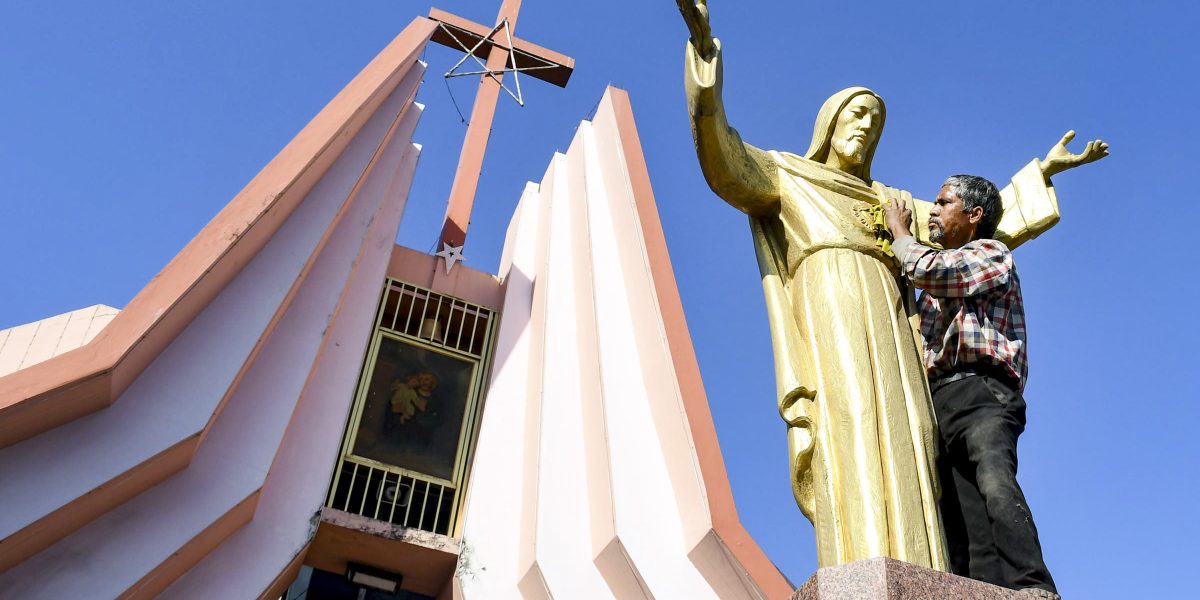
Like Hollywood, Bollywood, the popular Hindi-language film industry, has historically been seen as a bearer of rather liberal values. Although Indian society has always been very divided both on a religious basis and in castes, cinema has long been a shared national passion, as well as a sector in which Muslim people, and therefore of a religious minority, or belonging to the most low, was given the opportunity to become famous.
But according to a lengthy report by Indian journalist Samanth Subramanian, published in the New Yorker, since Narendra Modi’s Bharatiya Janata Party (BJP) took office in 2014 it has become increasingly difficult to tell stories that do not conform to the worldview of the Hindu nationalists, both on the big screen and in series designed for streaming platforms.
Relations between the Hindu majority and other religious minorities, especially the Muslim one, have never been relaxed, but have intensified a lot in the last decade. Since he was elected in 2014, Modi has promoted several laws aimed at transforming India from a secular country to a Hindu, through the weakening of the rights of minorities and Muslim communities. This process has been accompanied by growing authoritarianism and a frequent suppression of dissent.
Indian cinema has never been exempt from government control: since 1951 there has been a state authority in the country, the Central Committee for the Certification of Films (CBFC), which can order that a film be modified or essentially prohibit its distribution, refusing to issue a certification. In 2015, the former director of this institution resigned after denouncing pressure from the government and was replaced by Phlaj Nihalani, a director very close to Modi who opposed the presence of profanity, violence or sex in Indian films.
This story was originally published in ruetir.com. Read the full story here





